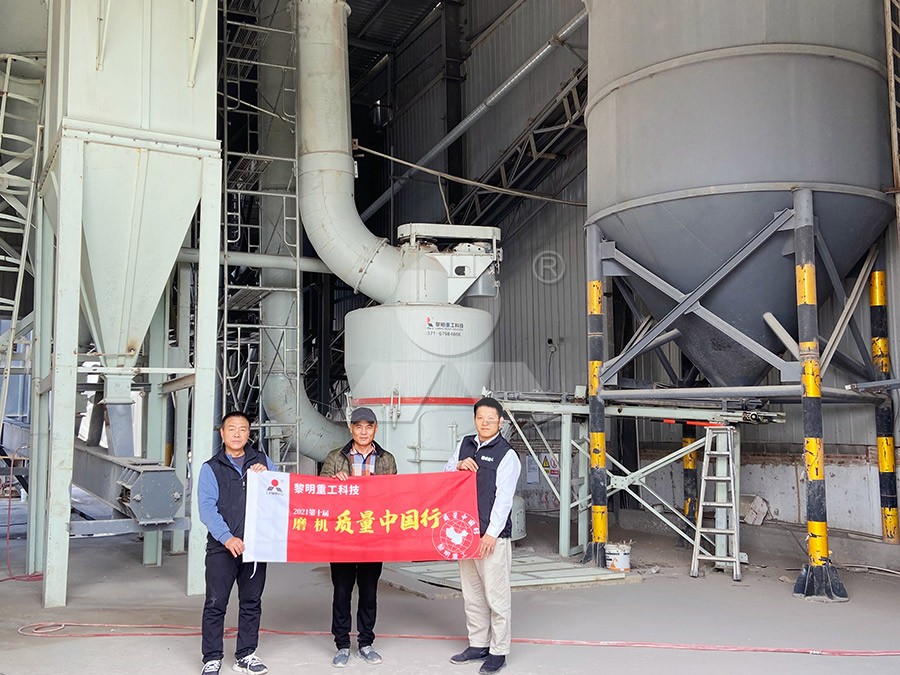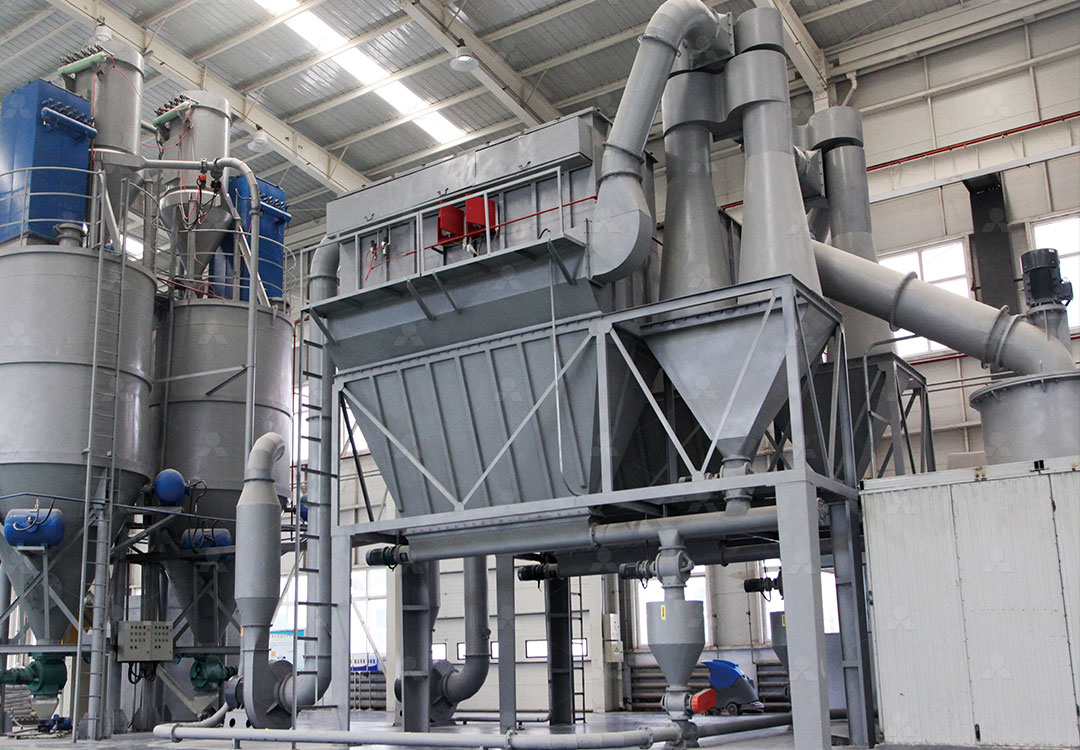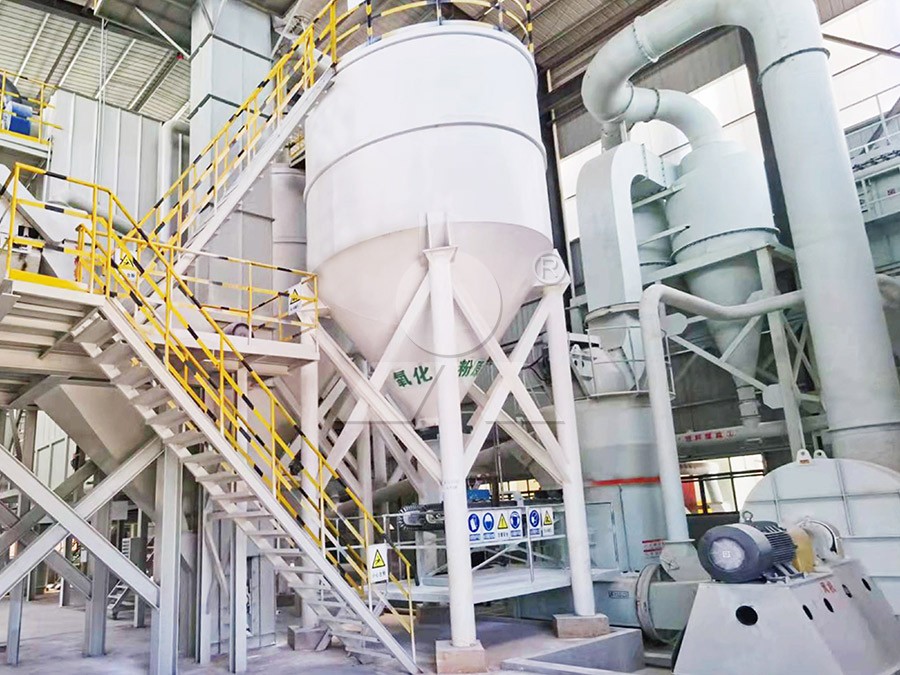A Guide to Grinding Equipment for Pyroxenite Processing
A Guide to Grinding Equipment for Pyroxenite Processing
Pyroxenite, an ultramafic igneous rock composed primarily of pyroxene minerals, presents unique challenges in mineral processing operations. Its abrasive nature and variable composition demand robust and efficient grinding solutions to achieve the desired particle size distribution for downstream applications. Selecting the appropriate grinding equipment is paramount to optimizing productivity, minimizing operational costs, and ensuring final product quality.
The grinding circuit is the heart of any pyroxenite processing plant. The primary goal is to liberate the valuable minerals from the gangue, creating a finely ground powder suitable for further separation or direct application. Given its hardness, pyroxenite can cause significant wear on grinding media and mill liners, making equipment durability a critical factor. Furthermore, energy consumption in comminution often represents the single largest operational cost, highlighting the need for energy-efficient technologies.

Key Considerations for Pyroxenite Grinding
When evaluating grinding mills for pyroxenite, several technical aspects must be considered. The feed size, desired product fineness, and required capacity form the foundational criteria. For pyroxenite, which often requires fine to ultra-fine grinding for maximum mineral recovery, mills capable of producing powders in the range of 325 to 2500 meshes are often necessary. The grinding system’s ability to handle the material’s abrasiveness without excessive wear on critical components directly impacts maintenance schedules and operating costs.
Environmental compliance is another crucial factor. Modern operations must control dust emissions and noise pollution effectively. A grinding system equipped with integrated dust collection and noise reduction features is no longer a luxury but a standard requirement for sustainable and responsible mining operations. The overall footprint of the equipment also plays a role in plant layout and construction costs, with compact designs offering significant advantages.
Advanced Solutions for Ultra-Fine Grinding
For operations requiring ultra-fine pyroxenite powder, specialized grinding technology is essential. In this context, our MW Ultrafine Grinding Mill stands out as a premier solution. Engineered for customers who need to produce ultra-fine powder, this machine is particularly well-suited for the demanding requirements of pyroxenite processing.
The MW Mill operates with an input size of 0-20 mm and a capacity range of 0.5-25 tph, making it adaptable to various production scales. Its newly designed grinding curves for the roller and ring assembly significantly enhance grinding efficiency. In practical terms, with the same fineness and power input, its production capacity is 40% higher than jet mills or stirred grinding mills, and its yield is twice that of a traditional ball mill, all while reducing system energy consumption by up to 70% compared to jet milling.

A standout feature for pyroxenite processing is its adjustable fineness between 325-2500 meshes, achieved through an advanced German-designed cage-type powder selector. This allows precise control over the final product specification. Furthermore, the absence of rolling bearings and screws within the grinding chamber is a significant reliability advantage, eliminating concerns about bearing damage or machine failure from loose screws—a common issue when processing hard, abrasive materials like pyroxenite.
Vertical Grinding Technology for Enhanced Efficiency
Another excellent option for pyroxenite processing is the LUM Ultrafine Vertical Grinding Mill. This mill integrates ultrafine powder grinding, grading, and transporting into a single, highly efficient system. With an input size of 0-10 mm and a capacity of 5-18 tph, it is a robust choice for dedicated fine grinding circuits.
The LUM Mill incorporates unique roller shell and lining plate grinding curves that are easier to generate a material layer, enabling a high rate of finished product in a single pass. This design directly enhances the whiteness and cleanliness of the final product—a valuable characteristic for certain pyroxenite applications. Its multi-head powder separating technology, controlled by a PLC system, allows for precise control over grinding parameters, resulting in energy savings of 30%-50% compared to conventional mills.
Operational stability is ensured through double position-limiting technology, which protects the mill from destructive impacts caused by machine vibration. For maintenance, its reversible structure allows the grinding roller to be easily moved out of the body for inspection and part replacement, minimizing costly downtime.

Conclusion
The successful processing of pyroxenite hinges on selecting grinding equipment that balances high efficiency, low operating costs, and operational reliability. Technologies like the MW Ultrafine Grinding Mill and LUM Ultrafine Vertical Grinding Mill represent the forefront of grinding innovation, offering tailored solutions for the specific challenges posed by this abrasive material. By focusing on energy efficiency, minimal wear, and precise product control, these mills provide a pathway to more profitable and sustainable pyroxenite processing operations.
Frequently Asked Questions (FAQ)
What is the typical feed size for pyroxenite in an ultrafine grinding mill?
For mills like the MW Ultrafine Grinding Mill, the optimal feed size is 0-20 mm. It is crucial to have a primary crushing stage to ensure the feed material falls within this range for efficient operation.
How does the MW Mill manage dust during pyroxenite processing?
The MW Ultrafine Grinding Mill is equipped with an efficient pulse dust collector as a standard feature. This system ensures no dust pollution is generated during the entire milling process, keeping the operation compliant with environmental standards.
Can the fineness of the final pyroxenite powder be adjusted?
Yes, a key feature of the MW Mill is its adjustable fineness. Using its advanced cage-type powder selector, the product fineness can be precisely controlled between 325 and 2500 meshes to meet specific customer requirements.
What are the main advantages of vertical roller mills like the LUM for pyroxenite?
The LUM Ultrafine Vertical Grinding Mill offers higher yielding rates, better product quality in terms of whiteness, and significant energy savings (30%-50%). Its design also allows for easier and faster maintenance, reducing operational downtime.
Is the grinding chamber designed for easy maintenance?
Absolutely. The MW Mill has no rolling bearings or screws in the grinding chamber, preventing common failure points. The LUM Mill features a reversible structure, allowing grinding rollers to be easily moved out for servicing, which simplifies the maintenance of wear parts.
